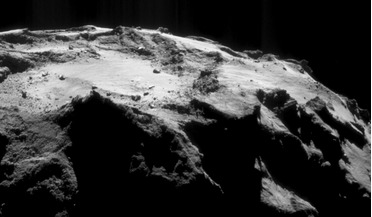 March 2017
Rosetta – outstanding climax to pioneering mission
March 2017
Rosetta – outstanding climax to pioneering mission
...a planned ‘excursion’ to study the coma structure at distances up to 1500 km from the nucleus, we started to gradually decrease the spacecraft distance to the surface, and by the end of 2015 we were back to closed orbits. This explained the 18-minute...
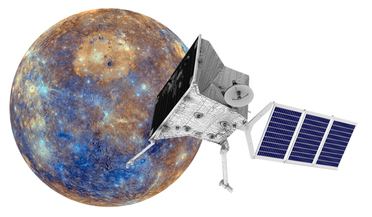 June 2017
Bepi-Colombo will unveil Mercury’s secrets
June 2017
Bepi-Colombo will unveil Mercury’s secrets
... of Mercury. It was therefore necessary to devise an intricate design of curved mirrors that will discard heat generated by the spacecraft, while simultaneously deflecting the heat coming from the planet. Onwards and upwards Although many issues...
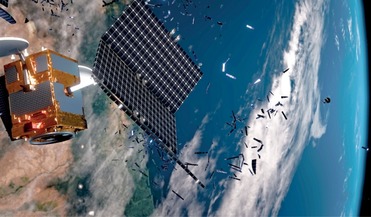 September 2017
Measuring space debris risk
September 2017
Measuring space debris risk
... flat at 500 in any given year in the range. Therefore, we have 10 ‘serious anomaly’ debris strikes on 5,000 available spacecraft overall in this 10-year period. This gives us a ‘ballpark’ serious historical anomaly rate of one in 500 satellites per...
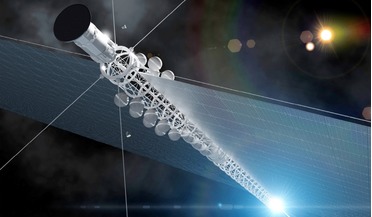 August 2018
Flying to the stars
August 2018
Flying to the stars
... needs to have an average velocity of about eight percent of the speed of light. To give an indication of how fast this is, a spacecraft at eight percent of the speed of light would take about 15 seconds to cross the distance between the Earth...
 September 2019
A new era in planetary defence missions
September 2019
A new era in planetary defence missions
... near-Earth asteroids), planetary defence efforts have not risen to the level, or the budgets, of having dedicated spacecraft missions. The most immediately relevant objects for planetary defence are asteroids of an intermediate scale, ones on the...
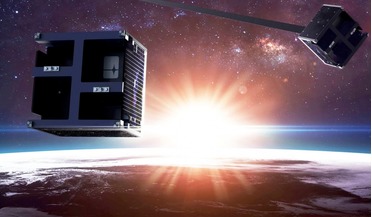 September 2020
Tackling space debris - a global priority
September 2020
Tackling space debris - a global priority
... missions to perform deorbiting manoeuvres, and hence self-deorbiting is often not possible. As such, ADR by means of remover spacecraft seems to be inevitable. In the net removal method a net is deployed towards the target which is captured and then...